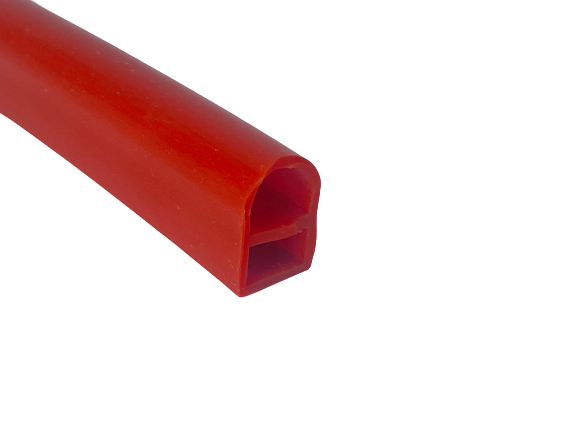Νοέ . 26, 2024 16:08 Back to list
Customizable Silicone Rubber Seal for Oven Doors Designed for Perfect Fit and Performance
Customizable Silicone Rubber Seals for Oven Doors A Comprehensive Guide
In the world of kitchen appliances, the functionality and efficiency of ovens are paramount. One essential component that often goes unnoticed is the oven door seal. A reliable and effective seal is crucial for maintaining heat, preventing smoke and odors from escaping, and ensuring energy efficiency. This is where customizable silicone rubber seals come into play. This article delves into the importance, benefits, and options available for silicone rubber seals designed specifically for oven doors.
The Importance of Oven Door Seals
Oven door seals are designed to create an airtight barrier between the oven interior and the external environment. Their primary purpose is to retain heat while the oven is in use, thereby ensuring that the food cooks evenly and thoroughly. When an oven door seal is worn or damaged, it can lead to heat loss, which not only affects cooking performance but also leads to increased energy consumption.
In addition to heat retention, a well-fitted seal prevents smoke and odors from leaking out of the oven, contributing to a cleaner kitchen environment. Furthermore, it plays a role in user safety by reducing the risk of burns—keeping hot air contained within the oven and minimizing exterior temperatures.
Advantages of Silicone Rubber Seals
Silicone rubber has become a preferred material for oven door seals due to its remarkable properties. Here are some advantages of silicone rubber seals
1. High Temperature Resistance Silicone rubber can withstand extreme temperatures, making it particularly suitable for oven applications. It typically remains effective in temperatures ranging from -60°C to 300°C (-76°F to 572°F).
2. Durability Silicone is resistant to aging and has excellent weathering properties. Unlike traditional rubber, silicone does not degrade or lose its elasticity over time, ensuring long-lasting performance.
3. Flexibility The flexibility of silicone allows for a tight and secure fit around the oven door, preventing heat from escaping and enhancing energy efficiency.
4. Non-Toxic Silicone is a safe, non-toxic material, making it ideal for kitchen applications. It does not emit harmful substances when exposed to high heat.
5. Customization Customizable silicone rubber seals can be tailored to fit various oven models, ensuring compatibility and effectiveness.
custom customizable silicone rubber seal for oven door

Custom Options for Your Needs
The versatility of silicone rubber seals allows for customization options that can cater to specific oven designs and user requirements. Here are some factors to consider when choosing a customizable seal for your oven door
1. Size and Shape Custom seals can be designed to precisely match the dimensions and contours of your oven door, ensuring a snug fit. Whether your oven has a standard rectangular door or a more unique design, you can find the right seal.
2. Profile Design Different oven doors may require various seal profiles, such as flat, bulbous, or d-shaped. A customized profile helps maximize the seal's effectiveness and minimize heat loss.
3. Color and Aesthetics Silicone rubber seals are available in various colors, allowing you to choose one that complements your kitchen design or blends seamlessly with your oven.
4. Thickness The thickness of the seal can impact its insulation properties. Customization allows you to select the right thickness for your specific application, promoting optimal performance.
5. Adhesive Backing Options Some silicone seals come with adhesive backing for easy installation, while others can be secured through mechanical means. Understanding your installation preferences is crucial when choosing a product.
Installation and Maintenance
Installing a silicone rubber seal is generally straightforward and can often be accomplished as a DIY project. Ensure that you clean the surface of the oven door before applying the seal, removing any old adhesive or residue. For seals with adhesive backing, align the seal carefully and press it into place. For mechanical installations, follow the manufacturer’s instructions to ensure a secure fit.
Maintenance is minimal; occasional cleaning with mild soap and water will help maintain the seal’s appearance and functionality. Regular inspections will also help identify any signs of wear or damage that may need replacement.
Conclusion
Customizable silicone rubber seals are an essential component for enhancing the performance and efficiency of oven doors. With their high-temperature resistance, durability, and flexibility, these seals provide not only an effective barrier against heat loss but also contribute to user safety. By selecting the right customization options, homeowners can ensure that their oven operates at its best, making the kitchen a more enjoyable space for cooking and baking. Investing in a high-quality, customizable silicone rubber seal is a step towards achieving a more efficient and pleasant cooking experience.




